Fiber optic splitter is one of the important passive devices in optical fiber link. It is mainly to implement the optical signal splitting between the optical line terminal OLT and the optical network terminal ONU in the passive optical network.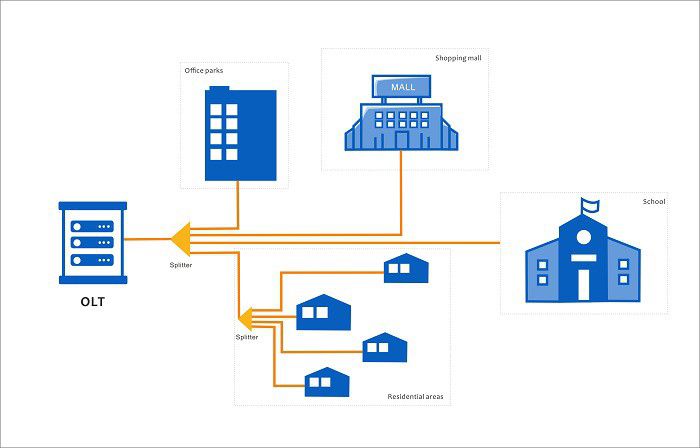
The optical splitter enables the signal on the optical fiber to be distributed between two or more optical fibers with different separation configurations, such as 1×2, 1×4, 1×N, or 2×4, M×N. The general architecture of FTTH is: OLT (Machine room office end) — ODN (Passive optical network distribution system) — ONU (User end). An optical splitter is used in ODN to realize that multiple end-users share a PON interface. In the PON network, when buildings are scattered and irregular, such as villas, with long distances and low user density, the centralized light splitting method can make full use of resources and cover the surroundings.
In a passive optical network, only one optical splitter can be used, or multiple optical splitters can be used together to separate optical signals.
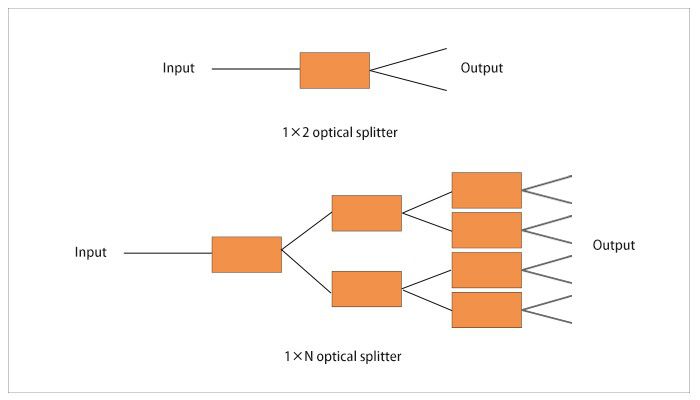
The performance indicators that affect the optical fiber splitter are usually as follows:
Insertion loss
The insertion loss of a fiber optic splitter refers to the dB of each output relative to the input optical loss. Generally, the smaller the insertion loss value, the better the performance of the splitter.
Splitting ratio
The split ratio is defined as the output power of the splitter output port in the system application. Generally, the splitting ratio of the PLC splitter is uniformly distributed, while the splitting ratio of fused optical splitter can be unequal. The splitting ratio is related to the wavelength of the transmitted light. For example, when transmitting 1.31μm light, the splitting ratio of the two output light ends is 50:50; when transmitting 1.5 μm light, it becomes 70:30 (This happens because that optical splitter has a certain bandwidth, which is the bandwidth of the optical signal transmitted when the splitting ratio is substantially unchanged).
Isolation
Isolation refers to a light path optical splitter to other optical paths of the optical signal isolation.
Return loss
Return loss, known as reflection loss, refers to the power loss of an optical signal that is returned or reflected due to discontinuities in the fiber or transmission line. The larger the return loss, the better, to reduce the impact of reflected light on the light source and the system.
In addition, uniformity, directivity, and PDL polarization loss are also parameters that affect the performance of the beam splitter. The optical fiber splitter is particularly suitable for connecting ODF and terminal equipment to distribute optical signals in passive optical networks (EPON, GPON, BPON, FTTX, FTTH, etc.).

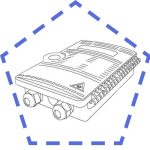 Fiber Optic Termination Boxes
Fiber Optic Termination Boxes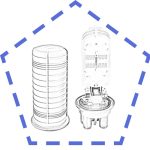 Fiber Optic Splice Enclosures
Fiber Optic Splice Enclosures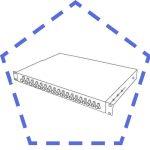 Fiber Patch Panels
Fiber Patch Panels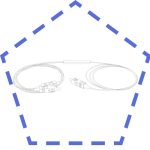 Fiber Optic Splitters
Fiber Optic Splitters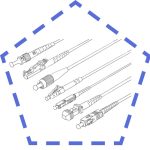 Fiber Optic Pigtails
Fiber Optic Pigtails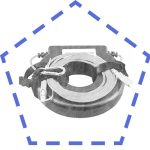 OTDR Launch Cables
OTDR Launch Cables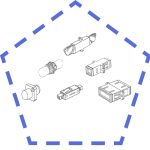 Fiber Optic Adapters
Fiber Optic Adapters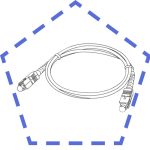 Fiber Optic Patch Cords
Fiber Optic Patch Cords